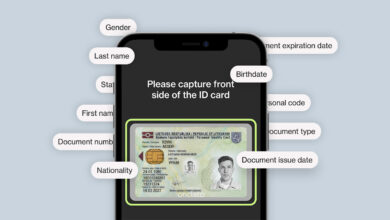Attacks based on baiting and exchange of favours

Using baiting as a social engineering tactic is another way to pique a person’s interest. When it comes to social engineering, baiting is often mistaken with other techniques. Hackers utilise the promise of products to fool their victims as a key feature of this scam.
Using a malicious file that seems to be an update or other piece of software is a typical example of this kind of attack. If an attacker wants to use baiting, he or she may distribute infected USB tokens in a target organization’s car park and wait for employees to enter them into their workstations. Once the virus on the USB tokens has infected the computers, the attackers will have complete access over the machines. Baiting is a kind of quid pro quo assault, sometimes known as a “something for something” attack. An alternative to the bait-and-switch tactic is the quid pro quo attack, which offers a service or advantage in exchange for completing a specified activity. If you are bounded by any الاصطياد الإلكتروني, please reach out to us for help.
Also check robocheck cc
The hacker provides a service or reward in return for information or access in a quid pro quo attack.
It is the most typical kind of quid pro quo that happens when a hacker pretends to be an IT employee of a major company. Employees of the target company are contacted by phone and offered a software update or installation by the hacker.
They may ask victims to temporarily disable their anti-virus software so that the malicious programme may be installed. We can also help you out,
if you are ابتزاز الكتروني المغرب, just contact us.
Tailgating
Known as “piggybacking,” the tailgating attack includes an attacker trying to get access to a restricted location that does not have sufficient authentication.
It is possible for an attacker to simply follow a person who has been granted access. An imposter poses as a package delivery driver and waits for an unsuspecting employee to open the door before launching an assault. In order to get through the security procedures in place, the assailant has the employee keep the door open for him (e.g., electronic access control).
Phishing
Social engineering assaults that use phishing are by far the most popular. An attacker may compromise a victim’s system by tricking them into revealing critical information through email, social media, instant messaging, or SMS.
The following qualities are similar to all phishing attacks:
An attempt is made in many of these messages to arouse the user’s interest in the subject matter at hand, and a suggestion is made that the victim go to a particular website to learn more. User information is often requested in an urgent manner via the use of phishing mails. By tricking the victim into providing personal information, the attacker hopes to prevent things from becoming worse if the victim doesn’t get involved.
Also Check: animepisode



